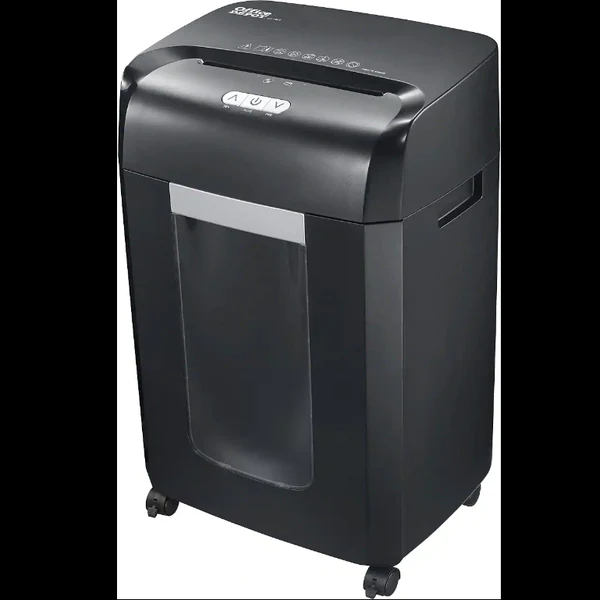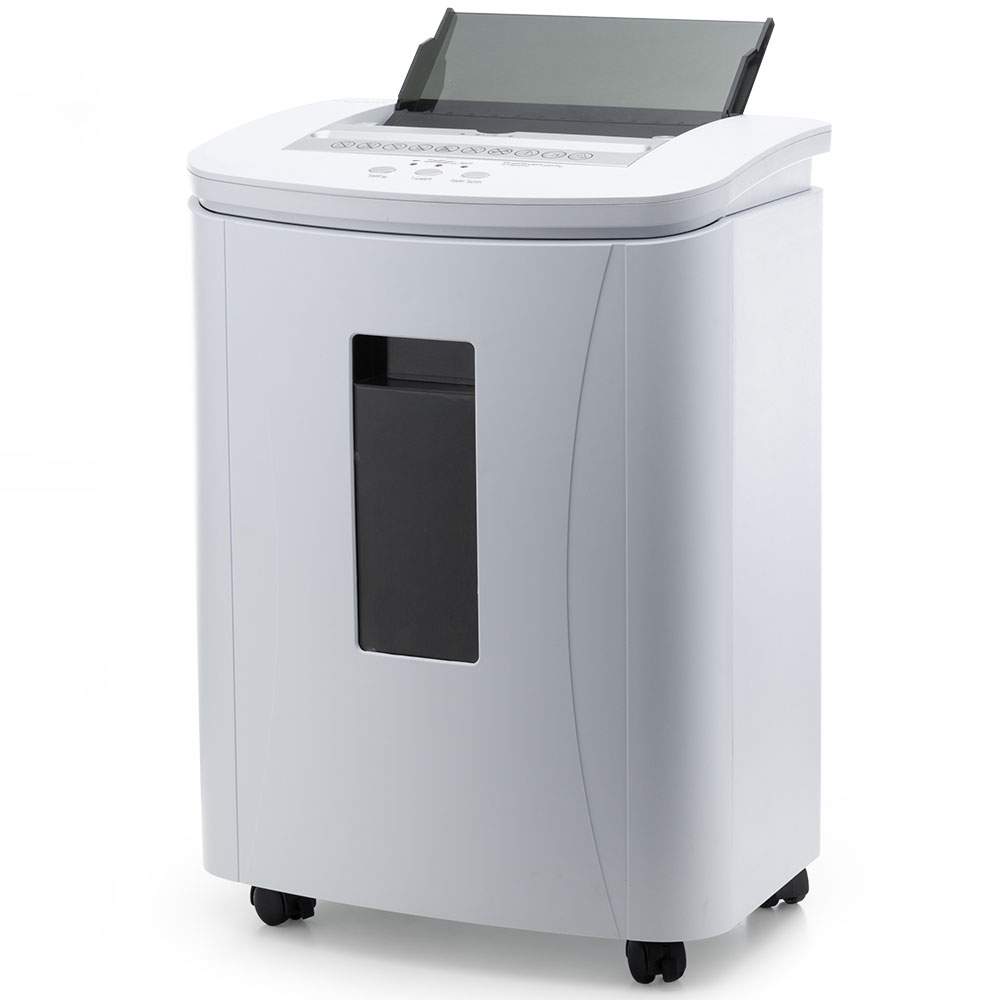Introduction
In today’s data-driven world, protecting sensitive information is paramount. Paper shredders play a crucial role in safeguarding confidential documents by rendering them unreadable and irretrievable. However, not all paper shredders offer the same level of security. Understanding paper shredder security levels is essential for ensuring that your information remains protected against unauthorized access and identity theft. In this comprehensive guide, we explore the intricacies of paper shredder security levels, from basic strip-cut shredders to high-security micro-cut shredders, and everything in between.
Basic Strip-Cut Shredders: The Foundation of Document Destruction
Strip-cut shredders are the most basic type of paper shredder, cutting documents into long strips. While these shredders offer a level of document destruction, they provide the lowest level of security among all shredder types. The long strips generated by strip-cut shredders can potentially be reassembled, making it easier for determined individuals to retrieve sensitive information. Despite their limitations, strip-cut shredders remain a cost-effective option for basic document disposal needs in non-sensitive environments.
Cross-Cut Shredders: Enhancing Security Through Confetti-Like Shredding
Cross-cut shredders represent a significant advancement in document security compared to strip-cut shredders. Also known as confetti-cut or diamond-cut shredders, cross-cut shredders use dual blades to cut documents both horizontally and vertically, producing small, square or rectangular paper particles. The resulting confetti-like pieces are much more challenging to piece together than long strips, significantly reducing the risk of data reconstruction. Cross-cut shredders strike a balance between security and affordability, making them a popular choice for individuals and businesses looking to upgrade their document disposal practices.
Micro-Cut Shredders: Unparalleled Security for High-Stakes Information
For organizations handling highly sensitive and confidential information, micro-cut shredders offer the highest level of document security. Micro-cut shredders use finely tuned blades to reduce paper into minuscule, unreadable particles, often resembling dust or tiny pellets. The sheer volume and complexity of these micro-cut particles make it virtually impossible for data thieves to reconstruct the shredded documents. While micro-cut shredders come at a higher price point than strip-cut and cross-cut models, their unmatched security features make them indispensable for industries where data privacy is non-negotiable.
Particle Size Matters: Understanding DIN Standards and P-Levels
To standardize and categorize the security levels of paper shredders, industry organizations have developed classification systems based on particle size and fragmentation. The DIN 66399 standard, widely used in Europe, classifies shredders into seven security levels ranging from P-1 to P-7, with P-7 representing the highest level of security. Shredder manufacturers adhere to these standards to provide consumers with clear guidance on the type of shredder best suited for their security requirements. Understanding the DIN standards and P-levels empowers users to make informed decisions when selecting a paper shredder that aligns with their security needs.
Factors Influencing Shredder Security Levels
Several factors contribute to determining the security level of a paper shredder beyond just the type of cut it produces. Feed capacity, shred speed, motor power, and run time all play a role in how effectively a shredder destroys documents. Higher-security shredders typically have lower feed capacities, slower shred speeds, and more robust motors to ensure thorough document destruction. Additionally, features such as automatic jam prevention, bin full indicators, and overheating protection enhance the overall security and performance of a shredder.
Application of Security Levels in Different Settings
The appropriate security level of a paper shredder varies depending on the nature of the information being handled and the environment in which the shredder is used. In home offices or small businesses where confidentiality requirements are moderate, a cross-cut shredder with a mid-range security level may suffice. On the other hand, government agencies, financial institutions, and healthcare facilities dealing with highly sensitive data may opt for micro-cut shredders with the highest security rating. Tailoring the security level of a paper shredder to specific settings ensures that information is adequately protected without overspending on unnecessary security features.
Maintaining Compliance and Data Protection
In an era of stringent data protection regulations such as GDPR, HIPAA, and PCI DSS, organizations must prioritize compliance and safeguarding personal information. Paper shredders play a crucial role in data disposal practices, helping businesses comply with regulatory requirements and protect customer data from unauthorized disclosure. By investing in shredders that meet the necessary security standards and implementing secure document destruction protocols, organizations can mitigate the risk of data breaches, fines, and reputational damage associated with non-compliance.
Choosing the Right Shredder for Your Security Needs
Selecting the right paper shredder involves evaluating your security requirements, budget constraints, and operational preferences. Consider the sensitivity of the information you handle, the volume of documents requiring shredding, and the level of security mandated by industry regulations. Conduct a thorough assessment of your shredding needs to determine whether a basic strip-cut, cross-cut, or micro-cut shredder is best suited for your environment. Additionally, factor in considerations such as shredder capacity, maintenance requirements, and additional features like automatic shredding and bin monitoring to optimize your shredding processes.
The Role of Technology in Enhancing Shredder Security
Advancements in technology have revolutionized the capabilities of paper shredders, enabling them to deliver higher levels of security and efficiency. Smart shredders equipped with sensors, connectivity features, and automation capabilities streamline the shredding process while enhancing security measures. Integration with digital platforms and secure cloud storage solutions enables seamless document management and disposal, bridging the gap between physical and digital data security. As technology continues to evolve, paper shredders will evolve to meet the ever-changing demands of data protection and privacy.
Conclusion
Paper shredder security levels play a critical role in safeguarding confidential information and preventing data breaches. From basic strip-cut shredders to high-security micro-cut models, each shredder type offers varying levels of protection based on cutting techniques and particle size. Understanding the DIN standards, P-level classifications, and factors influencing shredder security empowers users to make informed decisions when selecting a shredder that meets their security needs. By investing in the right shredder for your environment, maintaining compliance with data protection regulations, and leveraging technological advancements in shredder design, you can ensure that your sensitive information remains secure and protected against unauthorized access. Choose wisely, shred responsibly, and safeguard your data with precision and assurance.





